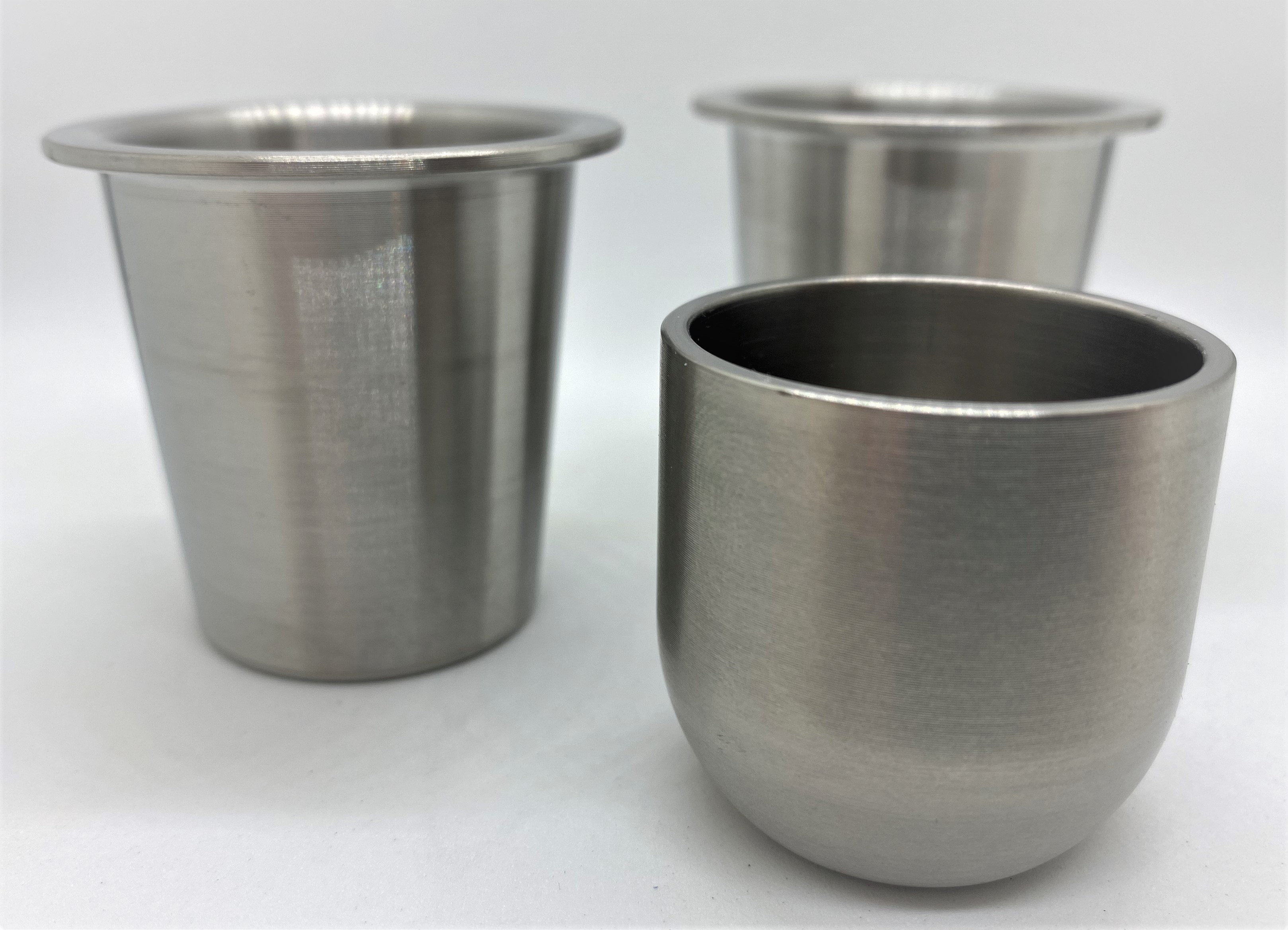How to Use and Maintain Laboratory Crucibles
A laboratory crucible is a container that can endure extremely high temperatures, is used to stop metals, glass, and pigment from melting in a furnace. Laboratory crucibles are used in metal casting experiments and are made of materials that have a far higher melting point than the materials that are being melted within, with high strength even at extremely high temperatures.
Laboratory crucibles are a fundamental part of laboratory equipment and are also quite valuable. This is why laboratory crucibles must be used and maintained correctly so that they have the highest possible service life.
Using Laboratory Crucibles Effectively
It is important to be vigilant when using the crucibles and ensuring they are treated safely. Laboratory crucibles should never be filled with a cold metal such as aluminum as the metal may expand which will then crack the container.

Laboratory crucibles must also be tempered before usage, this is done by heating the crucible to a temperature of around 500°F and holding it at this temperature for around twenty minutes. The laboratory crucible must then be cooled slowly, allowing any moisture in the crucible to be evaporated away.
The laboratory crucibles must be carefully checked for cracks before application and any cracked crucibles should be disposed of appropriately.
Cleaning Laboratory Crucibles
Cleaning laboratory crucibles is relatively easy but should be done meticulously to ensure the crucible is ready for use in another experiment. Cleaning should be done as follows:
- Scrape any residue from previous experiments off, ensuring you are properly protected from any volatile substances.
- Fill the crucible with fused potassium bicarbonate in its solid form. This should be filled past the line of remaining material from the experiments. This may mean the entire laboratory crucible is filled up.
- Next, the crucible must be placed on a burner and heated until the fused bicarbonate melts into its liquid state. The melt should be stirred frequently and after about one minute a layer of red potassium salt will appear on the surface.
- At this point, the laboratory crucible should be taken from the heat and the melt poured out.
- The laboratory crucible should then be rinsed in hot water, dried with a clean cloth, and allowed to cool.
Benefits of Platinum Laboratory Crucibles
Platinum has an extremely high melting point as well as a low reactivity and high malleability. This is why they are so widely used in various research applications. Platinum laboratory crucibles are used for ash testing, sample preparation as well as many other applications. platinum is uniquely positioned to meet all the highly specialized requirements of these different sectors.









